Sealing length: 30cm.
Small type.
Made in Japan.
Suitable for the store using.
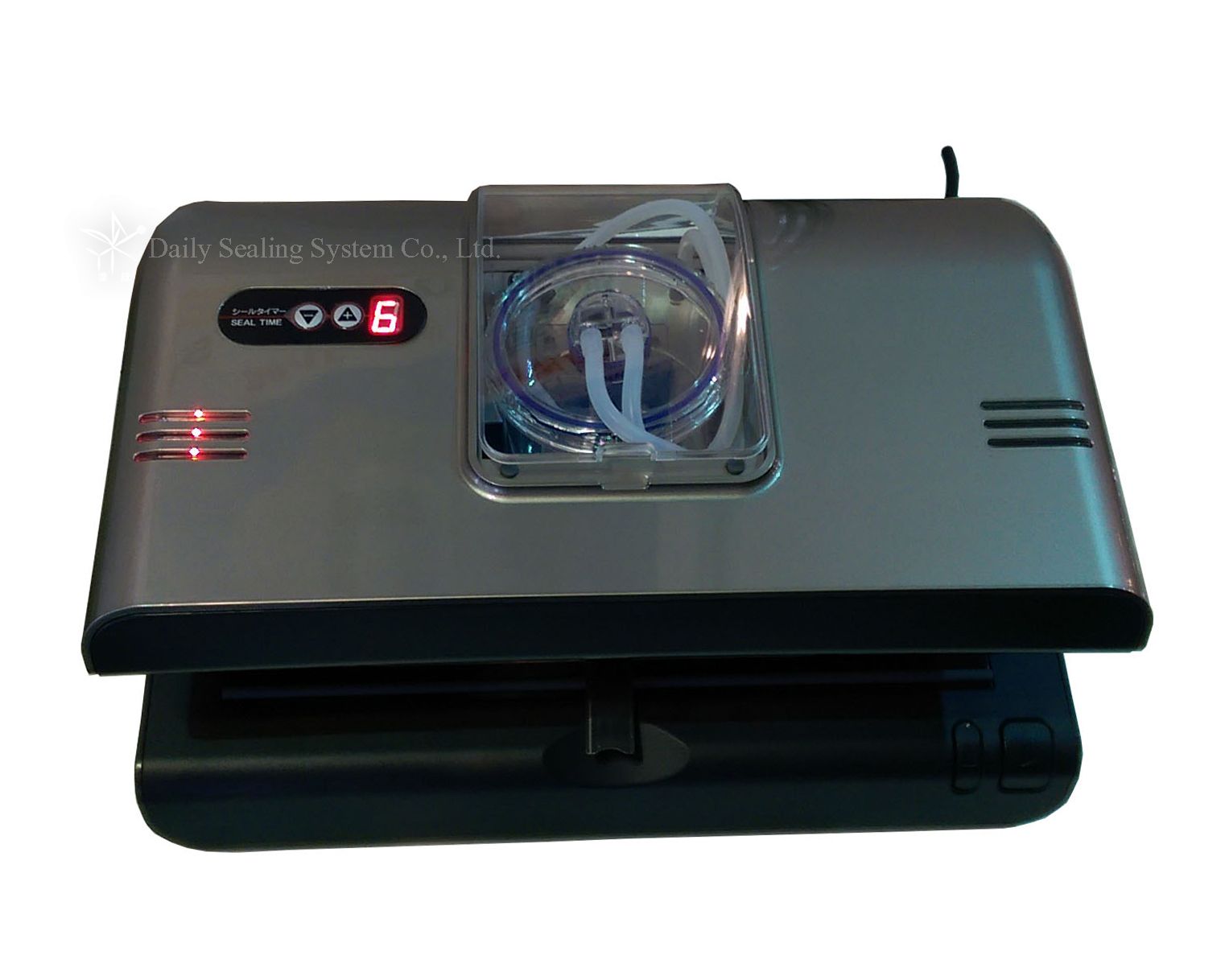

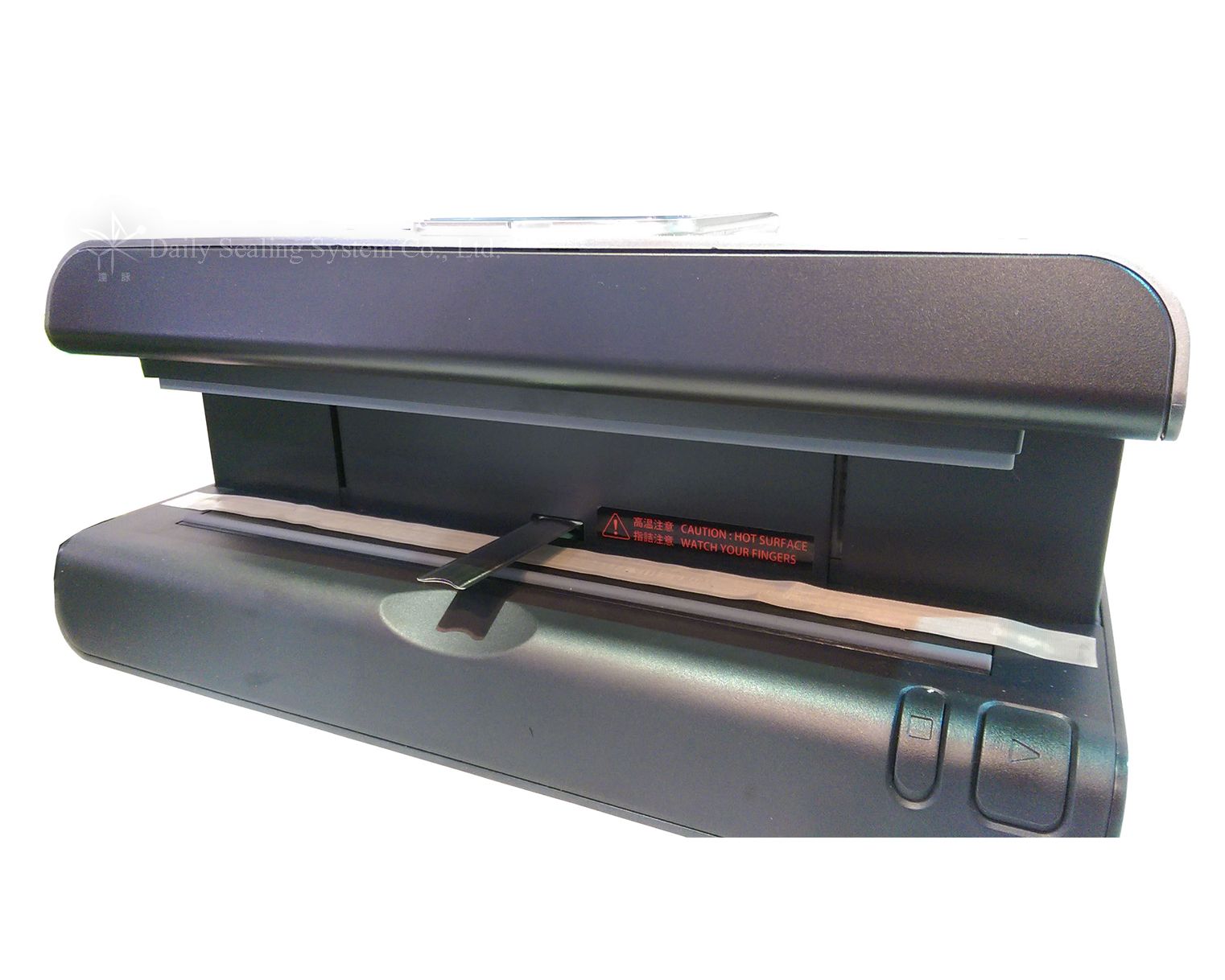


Sealing length: 30cm.
Small type.
Made in Japan.
Suitable for the store using.
Tabletop Nozzle Type Vacuum Sealer:
• Made in Japan.
• ABS material.
• One touch for fully automatic vacuuming and sealing operations and semi-automatic modes.
• Comes with an in-built water collection cup, can vacuum and seal even highly moist contents.
• Can be cleaned easily with its detachable Nozzle.
• In-built Adapter supports all of Voltages (100V-240V).
• Maintain food’s freshness & flavor; antiseptic, and mold resistant
• Tabletop Nozzle Type Vacuum Sealer Extend storage period for packed goods.
• Prevents electronic & hardware parts from rusting & dampening.
• It’s suitable for all kinds of vacuum bags, such as NY bags, Aluminum bags.
| Model No. | DP-VS320 |
|---|---|
| Voltage/Ampere | AC 100V-240V 1 phase |
| Power | 200W |
| Vacuum capacity | -80 Kpa |
| Max.sealing | 5mm*320mm |
| Vacuum time | 1-60 sec |
| Sealing time | 1-9.0 sec. |
| Cooling time | In-built |
| Machine weight | 4.4 KG |
| Machine size | 394*266*175 (mm) |
Tabletop Nozzle Type Vacuum Sealer Video:
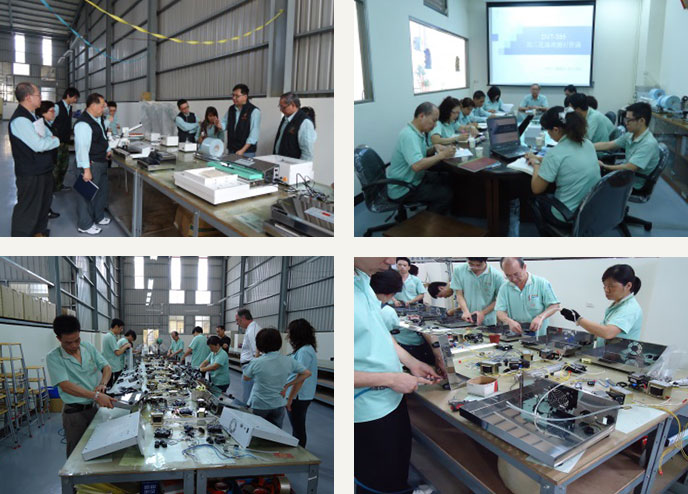
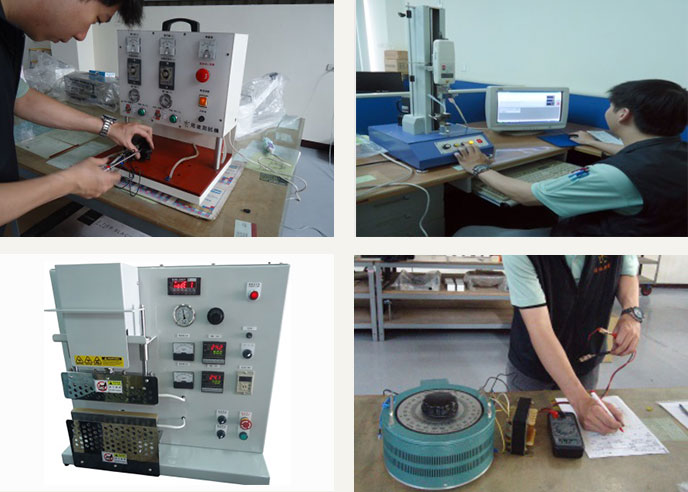
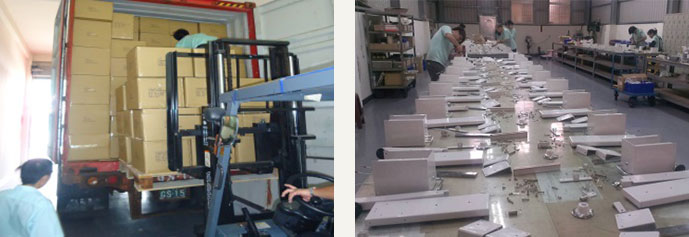
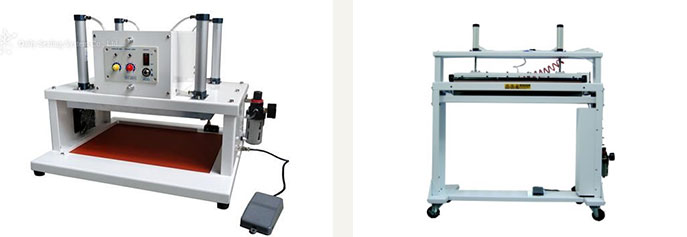
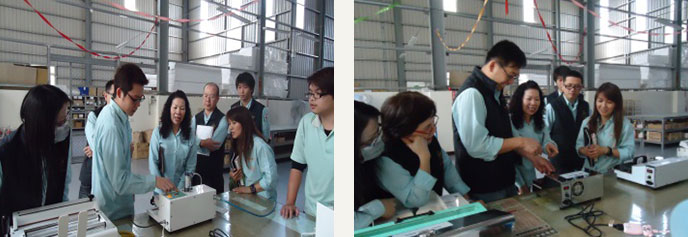
.jpg)
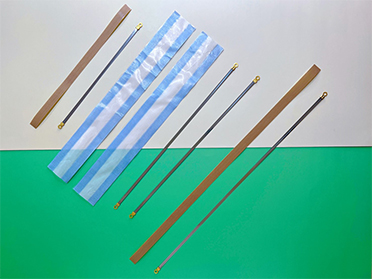
.png)